Active Listening
Communication Technique for Counselling, Training and Conflict Resolution
Active Listening, first developed by Rogers and Farson, is a therapeutic technique designed to promote positive change in the client. Active listening is a communication technique used in counselling, training and conflict resolution, which requires the listener to feed back what they hear to the speaker, by way of re-stating or paraphrasing what they have heard in their own words, to confirm what they have heard and moreover, to confirm the understanding of both parties. It continues to have a lasting influence to this day.
"Experience is, for me, the highest authority. The touchstone of validity is my own experience. No other person's ideas, and none of my own ideas, are as authoritative as my experience. It is to experience that I must return again and again, to discover a closer approximation to truth as it is in the process of becoming in me." -Carl Rogers
About the Author
Carl Rogers, in full Carl Ransom Rogers, (born January 8, 1902, Oak Park, Illinois, U.S.—died February 4, 1987, La Jolla, California), American psychologist who originated the nondirective, or client-centred, approach to psychotherapy, emphasizing a person-to-person relationship between the therapist and the client (formerly known as the patient), who determines the course, speed, and duration of treatment.Rogers attended the University of Wisconsin, but his interest in psychology and psychiatry originated while he was a student at Union Theological Seminary, New York City. After two years he left the seminary and took M.A. (1928) and Ph.D. (1931) degrees from Columbia University’s Teachers College. While completing his doctoral work, he engaged in child study at the Society for the Prevention of Cruelty to Children, Rochester, New York, becoming the agency’s director in 1930.
From 1935 to 1940 he lectured at the University of Rochester and wrote The Clinical Treatment of the Problem Child (1939), based on his experience in working with troubled children. In 1940 he became a professor of clinical psychology at the Ohio State University, where he wrote Counseling and Psychotherapy (1942). In it Rogers suggested that clients, by establishing a relationship with an understanding, accepting therapist, can resolve difficulties and gain the insight necessary to restructure their lives.
While a professor of psychology at the University of Chicago (1945–57), Rogers helped to establish a counseling centre connected with the university and there conducted studies to determine the effectiveness of his methods. His findings and theories appeared in Client-Centered Therapy (1951) and Psychotherapy and Personality Change (1954). He taught psychology at the University of Wisconsin, Madison (1957–63), during which time he wrote one of his best-known books, On Becoming a Person (1961). In 1963 he moved to La Jolla, California, where he helped to found and became a resident fellow of the Center for Studies of the Person. His later books include Carl Rogers on Personal Power (1977) and Freedom to Learn for the 80’s (1983).

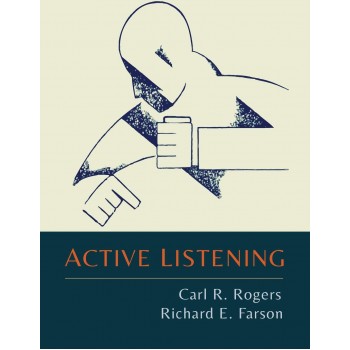
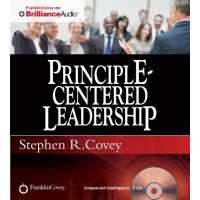

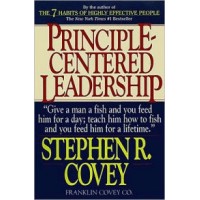

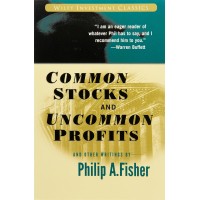



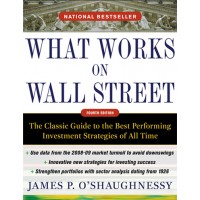
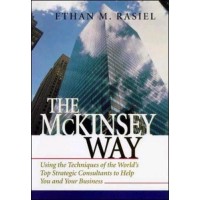

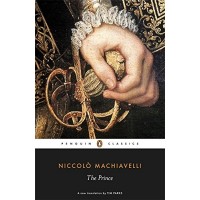
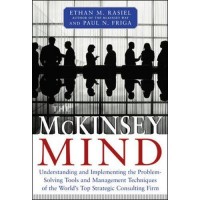
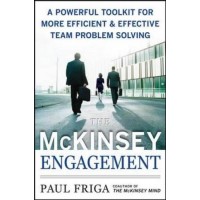
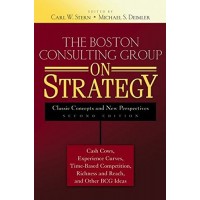
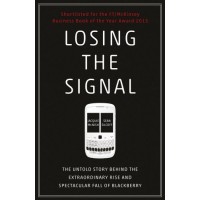






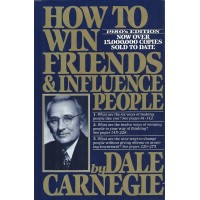



-200x200.jpg)
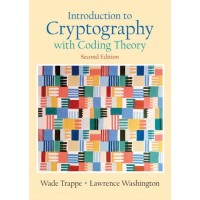
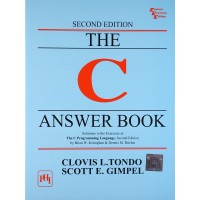


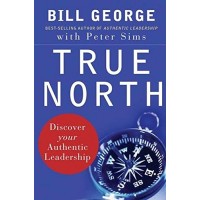
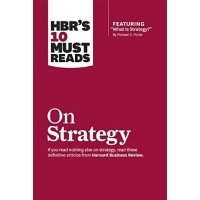

-200x200.jpg)
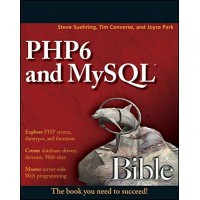
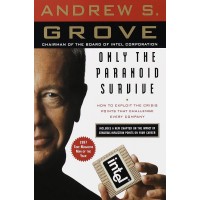
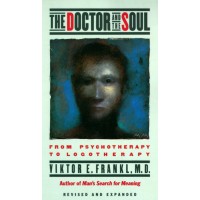
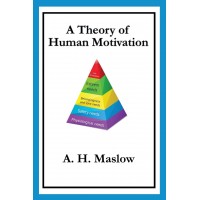
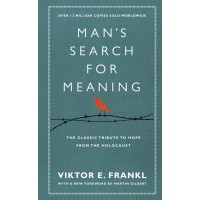
-200x200.png)
-200x200.jpg)
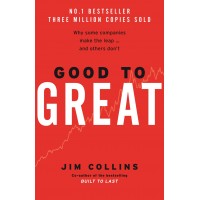
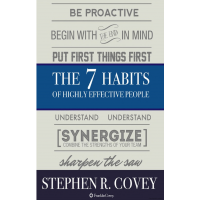

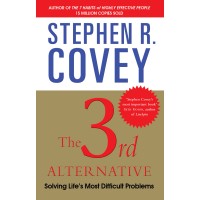

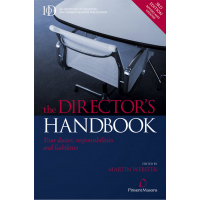
-200x200.jpg)
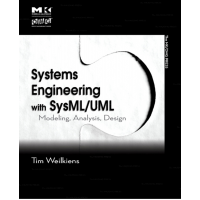
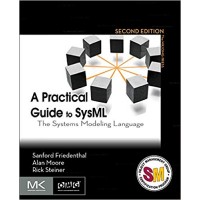
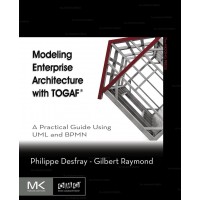
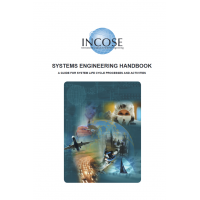


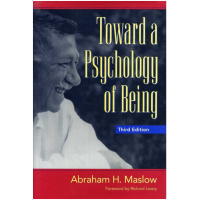
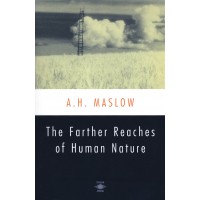

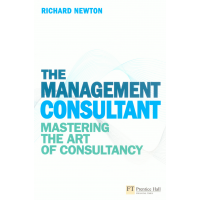
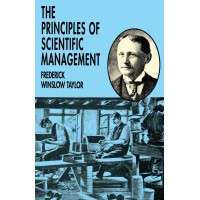

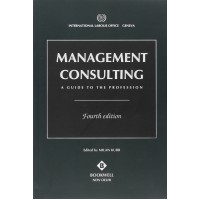
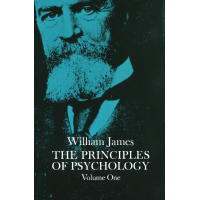
-200x200.jpg)


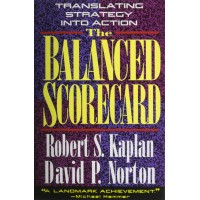
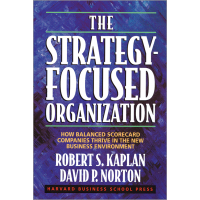
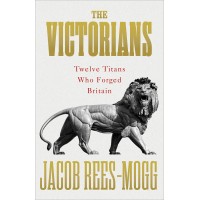
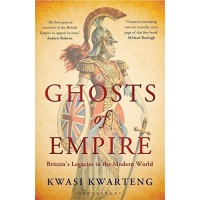
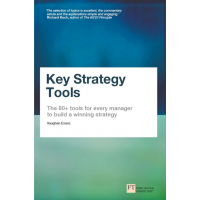
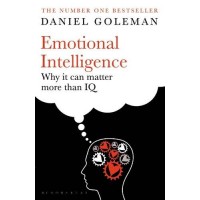
-200x200.jpg)
